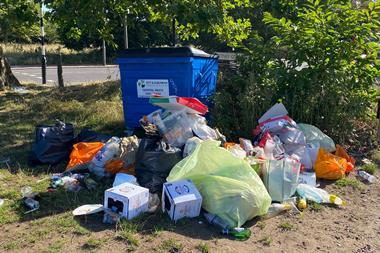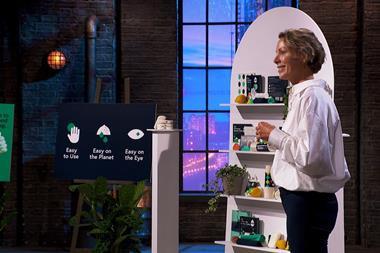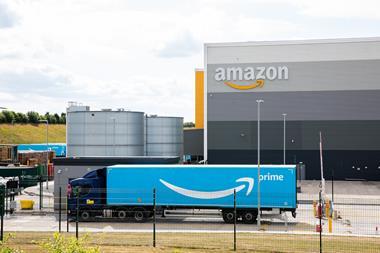The FTA’s carbon scheme is sharing environmental best practice, informing industry and government, says Rachael Dillon
The largest contributory factor to most companies' carbon dioxide emissions can be found in their transport operations.
And with CO2 emissions from logistics accounting for almost a third of total domestic emissions in the UK, and targets to meet under the Climate Change Act 2008 (an 80% reduction in greenhouse gas emissions by 2050, against a 1990 baseline), it is up to the industry to take the reins of its carbon destiny.
Last year, FTA revealed its scheme to give companies the means to not only report and reduce CO2 emissions, but also help build an accurate picture of the logistics sector's total footprint. The Logistics Carbon Reduction Scheme (LCRS) will enable industry to arm government with data on which to base environmental policy. Since LCRS was launched, it has accrued and analysed fuel data from 45 businesses and third party transport operators as well as retailers, councils, utility companies and builders' merchants, who between them operate in excess of 39,000 commercial vehicles.
The LCRS' first annual report was published last month, revealing positive news. Firstly, its voluntary members committed to an 8% cut in CO2 emissions by 2015 (compared with 2010 levels). Secondly, the overall carbon usage of its participants improved between 2005 and 2009. And not because of there being fewer trucks on the road; these figures are based on emissions related to total vehicle kilometres.
The LCRS looks to help operators achieve better environmental performance and a better image and cheaper operating costs.
CO2 emissions from lorries and vans are responsible for 90% of all domestic freight emissions. The scale of the task in hand is considerable given there are 400,000 trucks and three million vans out there.
As fuel is the biggest single input cost for the logistics sector, it is little wonder it is already cutting usage. Many companies already espouse environmental best practice through investing in greener technology and driver training, for instance. With tough targets to meet, industry must shape its own carbon destiny. The good news is that it looks more than capable.
Rachael Dillon is climate change policy manager at the FTA
The largest contributory factor to most companies' carbon dioxide emissions can be found in their transport operations.
And with CO2 emissions from logistics accounting for almost a third of total domestic emissions in the UK, and targets to meet under the Climate Change Act 2008 (an 80% reduction in greenhouse gas emissions by 2050, against a 1990 baseline), it is up to the industry to take the reins of its carbon destiny.
Last year, FTA revealed its scheme to give companies the means to not only report and reduce CO2 emissions, but also help build an accurate picture of the logistics sector's total footprint. The Logistics Carbon Reduction Scheme (LCRS) will enable industry to arm government with data on which to base environmental policy. Since LCRS was launched, it has accrued and analysed fuel data from 45 businesses and third party transport operators as well as retailers, councils, utility companies and builders' merchants, who between them operate in excess of 39,000 commercial vehicles.
The LCRS' first annual report was published last month, revealing positive news. Firstly, its voluntary members committed to an 8% cut in CO2 emissions by 2015 (compared with 2010 levels). Secondly, the overall carbon usage of its participants improved between 2005 and 2009. And not because of there being fewer trucks on the road; these figures are based on emissions related to total vehicle kilometres.
The LCRS looks to help operators achieve better environmental performance and a better image and cheaper operating costs.
CO2 emissions from lorries and vans are responsible for 90% of all domestic freight emissions. The scale of the task in hand is considerable given there are 400,000 trucks and three million vans out there.
As fuel is the biggest single input cost for the logistics sector, it is little wonder it is already cutting usage. Many companies already espouse environmental best practice through investing in greener technology and driver training, for instance. With tough targets to meet, industry must shape its own carbon destiny. The good news is that it looks more than capable.
Rachael Dillon is climate change policy manager at the FTA














No comments yet